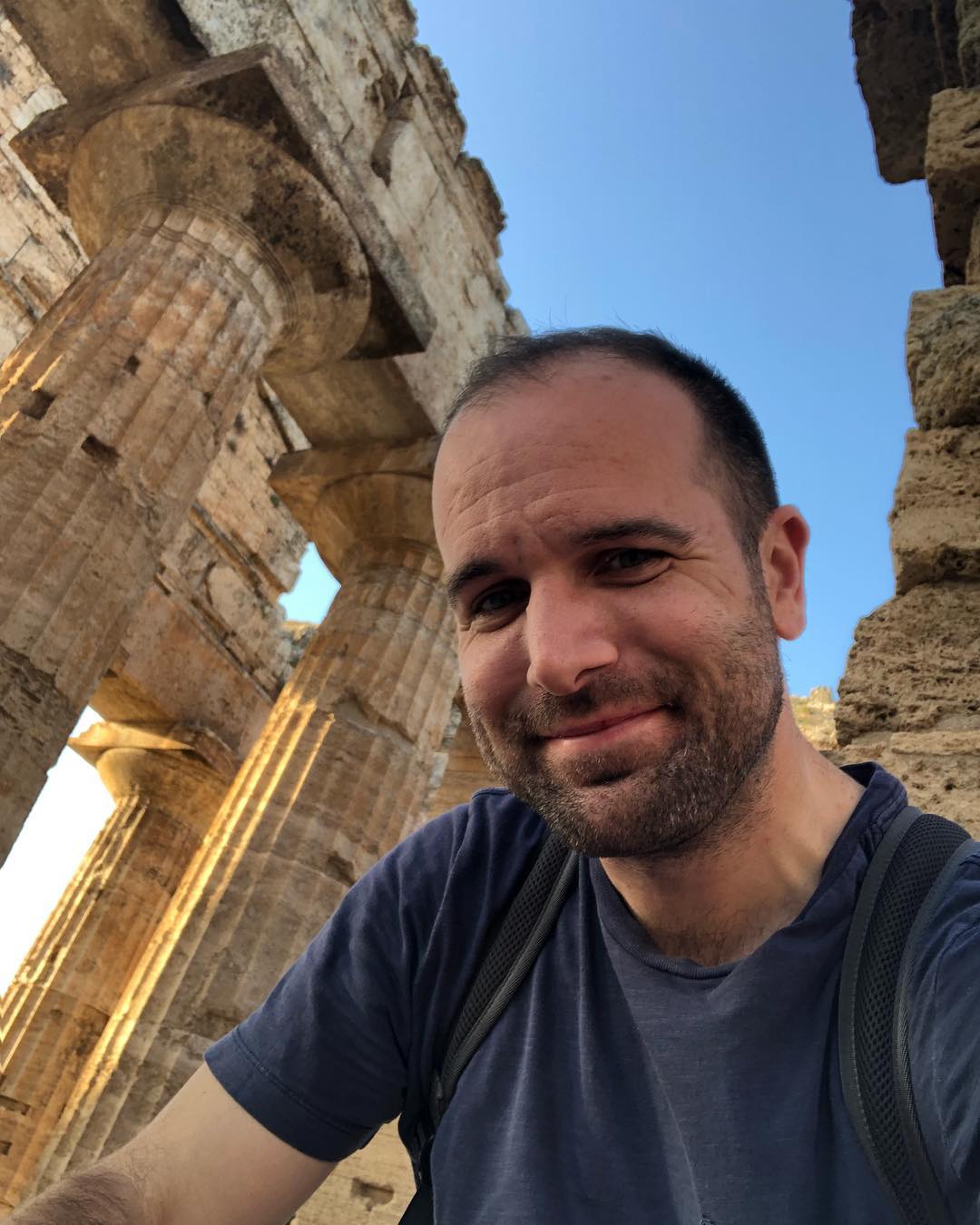Timeline

Peoples in the Middle East develop agriculture, leading to a transition from the hunter gatherer lifestyle to settlements, including the first small towns.

The ancient peoples of the Tigris and Euphrates river valley of modern Iraq and southeastern Turkey, known as Mesopotamia, develop the first civilizations. City and town life begins and is heavily dependent on trade. Some of the earliest religious buildings from this period were ziggurats (pictured above).
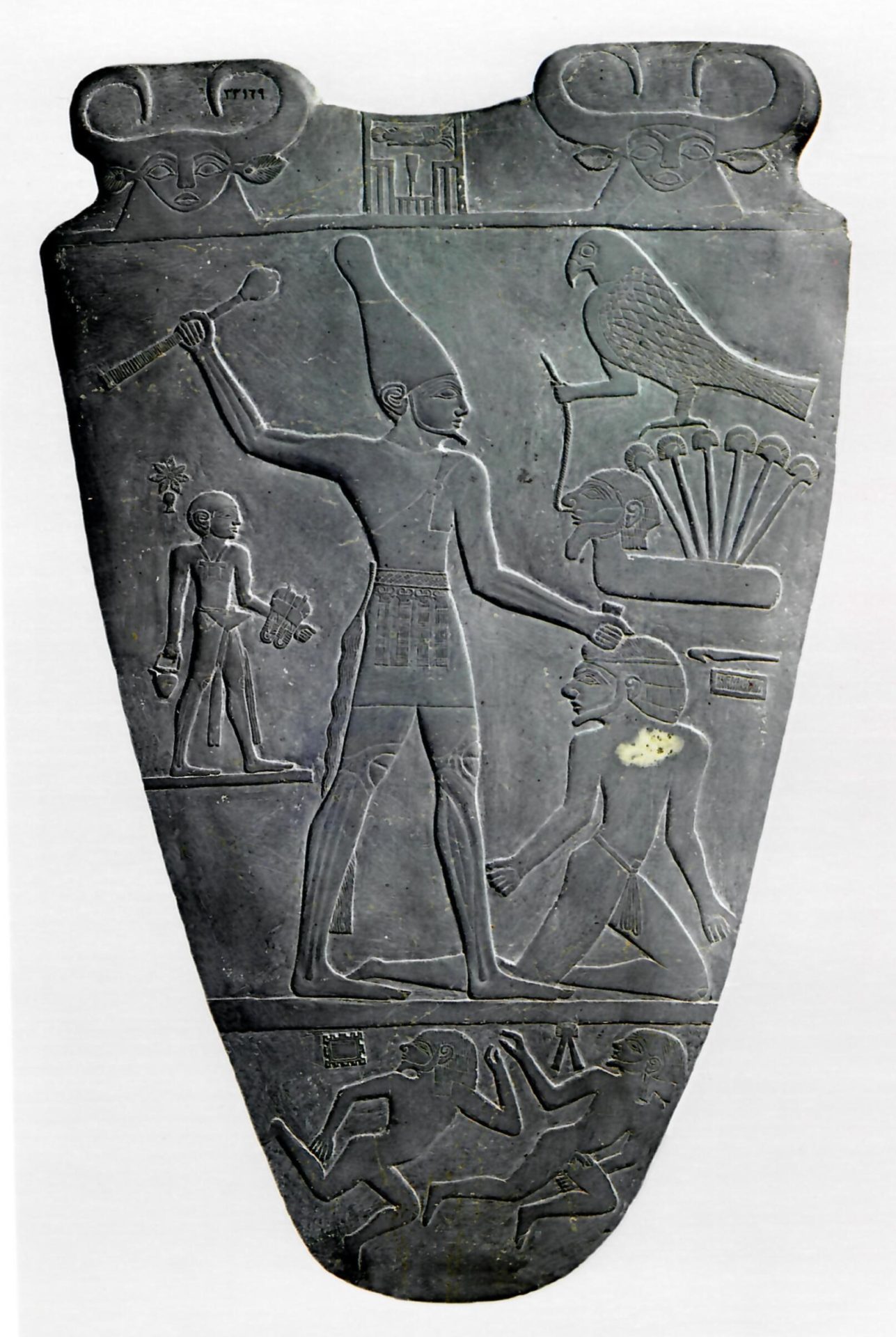
The peoples of Lower Egypt (the Nile river delta) and Upper Egypt (the Nile river valley up to Aswan) are united into one kingdom by the king Narmer. The event is dramatized in the contemporary Narmer palette, pictured here.
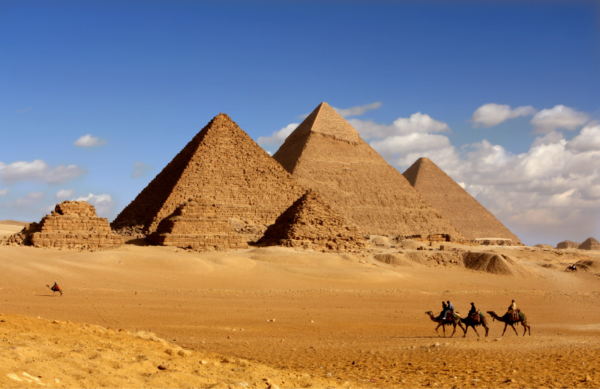
The first few hundred years of the Egyptian kingdom, known as the Archaic Period, leads to the first "golden age" of Egyptian civilization, the Old Kingdom. This era is marked by greater trade links and prestige with other civilizations, and the building of monumental structures, including the famous pyramids at Giza. The capital is established at Memphis, near modern Cairo.
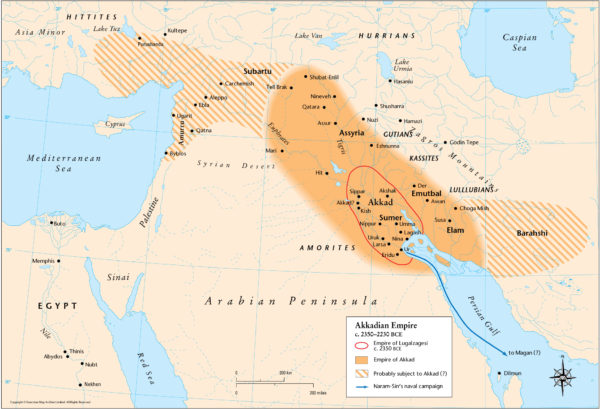
Considered one of the first true empires, the Akkadians of Mesopotamia extend their rule over the Fertile Crescent, pictured here.
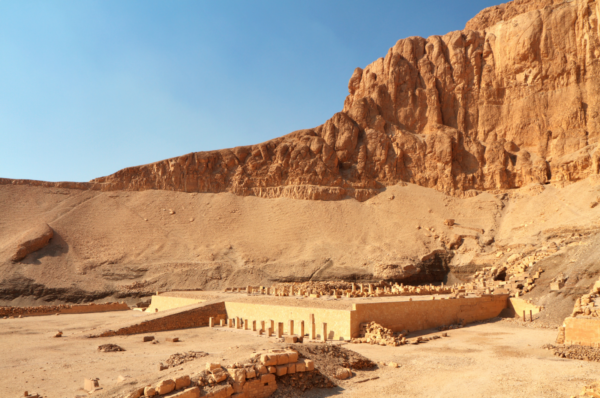
After a period of disunity known as the First Intermediate Period, ancient Egypt is reunified under the Middle Kingdom. Pyramid building is no longer used for burials. The major achievement of this period is the production of the great Egyptian literary epics. The capital is now moved to Thebes (modern Luxor).

The Minoans were the first European civilization of note, centered on the island of Crete, though they would eventually extend their power over the Greek mainland. The palace at Knossos, pictured above, is the greatest ruin left from the Minoans and the supposed location for the famous labyrinth of Minos.
The civilization was most likely devastated by the Thera eruption from the volcano at modern Santorini. They were later conquered by the Mycenean civilization.

Centered in the middle of Anatolia, now modern Turkey, the Hittites were one of two great civilizations of the Near East in this period. Their main rivals were Egypt (see below) and they were eventually overrun by the mysterious "Sea Peoples" of the later 2nd millenium BCE. Their capital was at Hattusa, pictured above, about 2 hours drive from modern Ankara.
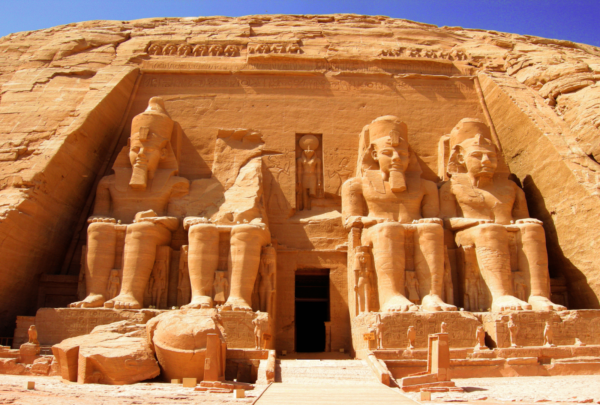
The peak of ancient Egypt, the New Kingdom saw the Egyptians reunified after another period of disunity known as the Second Intermediate Period. With the capital still at Thebes, the Egyptians formed their own empire, conquering all lands up to an including modern Lebanon in the north, and all of Nubia in northern Sudan today.
They built monumental works, such as Rameses' massive propaganda to the Nubians at Abu Simbel (pictured above), while the Valley of the Kings became the major burial site for kings (and few queens) of Egypt, who only now begin going by the term pharaoh. The great hieroglyphic artwork in these tombs is some of the most beautiful in all ancient Egypt.
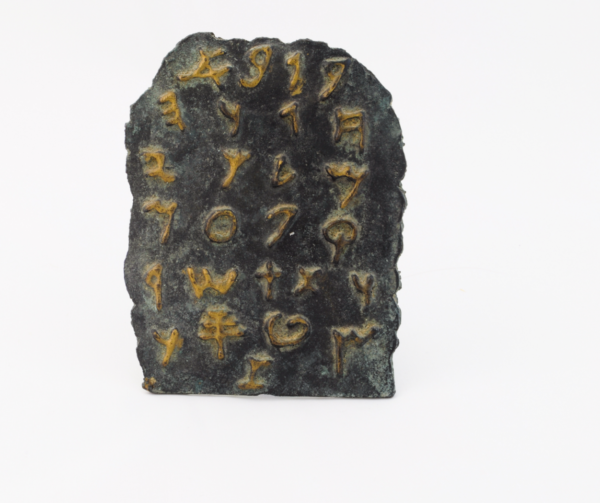
The first great seafaring civilization of the Mediterranean, the Phoenicians of modern Lebanon explored the sea's entire coastline, planting colonies as far west as Spain (Cadiz) and Tunisia (Carthage). However, their most notable contribution to history is the invention of the first alphabet, pictured above.
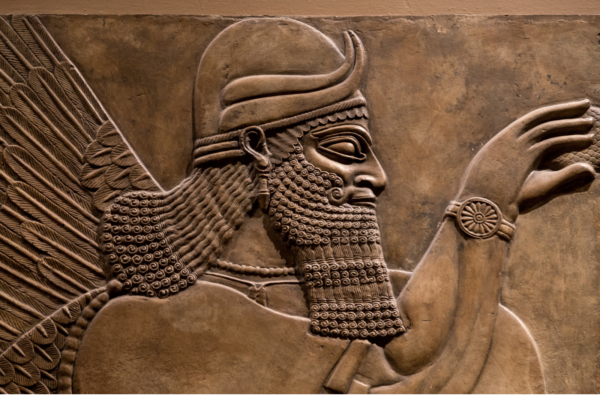
After centuries of their imperial rule waxing and waning, the Assyrians of northern Mesopotamia expand their power to create the largest empire up to the time, conquering large parts of the Middle East, Anatolia, and even Egypt, which had declined to an alternating cycle of foreign rule and self rule for hundreds of years.

After the collapse of the Mycenean civilization in the 1200s BCE, the Greek civilization arose again with major settlements at Athens, Sparta, and what is now Western Turkey (Ionia). They begin settling the Mediterranean with colonies, while also suffering major invasions from the Persians, whom they eventually defeat.
Afterwards, they were conquered by the Macedonians, who integrated them into Alexander's empire before losing control of Greece, until they were finally conquered by the Romans in the mid-2nd century BCE.
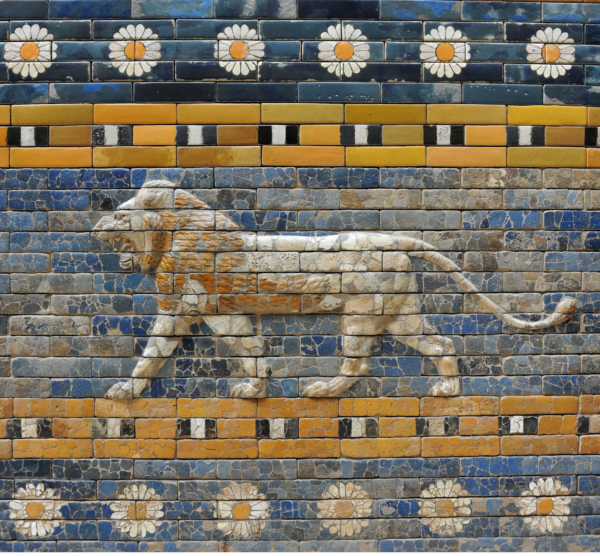
Arising from the ashes of the more ancient Babylonian Empire of the 2nd millennium BCE, the Neo-Babylonian empire enriches it's most famous city with the Hanging Gardens, while King Nebuchadnezzar conquers large chunks of the Middle East. They are conquered by the Persians a century later.
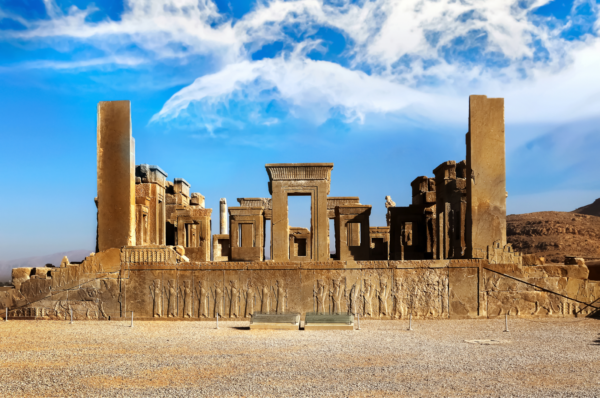
The world's largest empire up to that point, the Persian empire was founded by Cyrus the Great. Cyrus took control of the older Medean Empire, conquered Mesopotamia, and instituted reforms, such as the abolition of slavery, religious freedom, and the repatriation of the Jews from Babylon back to Judea.
His successors would extend control of the Persian empire from the Balkans in Europe, to Egypt, all the way to the Central Asia and the borders of South Asia. It would be succeeded, after its conquest by Alexander, by the Parthians, and eventually the Sassanid empire, which became Rome's great enemy during the closing years of antiquity.
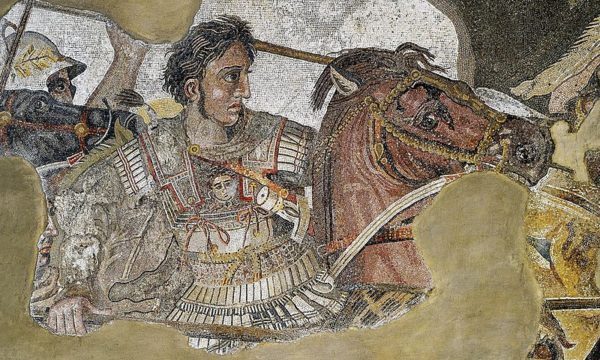
The Macedonian king Alexander conquered the entire Persian empire in just ten years. Though he died young, the legacy of Greek culture in such far flung areas as Afghanistan, leads to the "Hellenistic" age, where Greek culture holds sway over the entire Middle East, even after the later Roman conquest.
The city of Alexandria was founded by Alexander in Egypt, and would become the center of the Hellenistic world. His generals would divide up his empire into the Macedonian (Greece), Ptolemaic (Egypt), and Seleucid (everywhere else) empires, which would last until Rome slowly absorbed all of them a few centuries later.
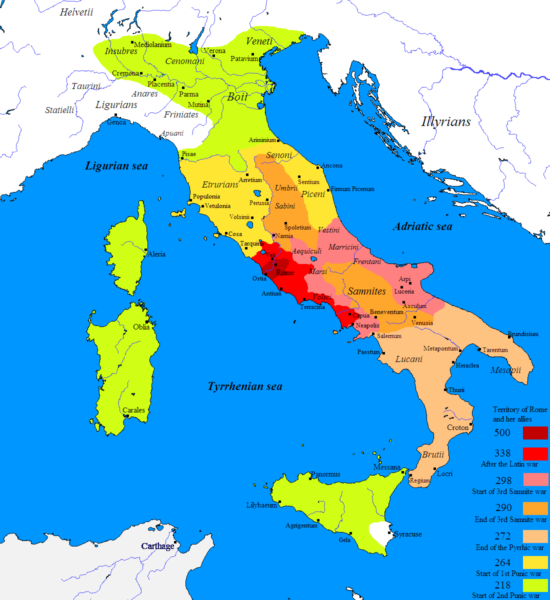
The settlement of Rome had overthrown it's Etruscan king in the 6th century BCE and founded a republic that would last 500 years. During this period, the Romans' defensive strategy led to the founding of colonies, where many people retained Roman citizenship (a new development in history). They also began to take over their neighbors.
Using said neighbors as the base of its impressive military, the Romans began to conquer Italia through a series of conflicts known as the Samnite Wars and Pyrrhic Wars. With the manpower of Italia at its command, they would conquer the entire Mediterranean world over the coming centuries.
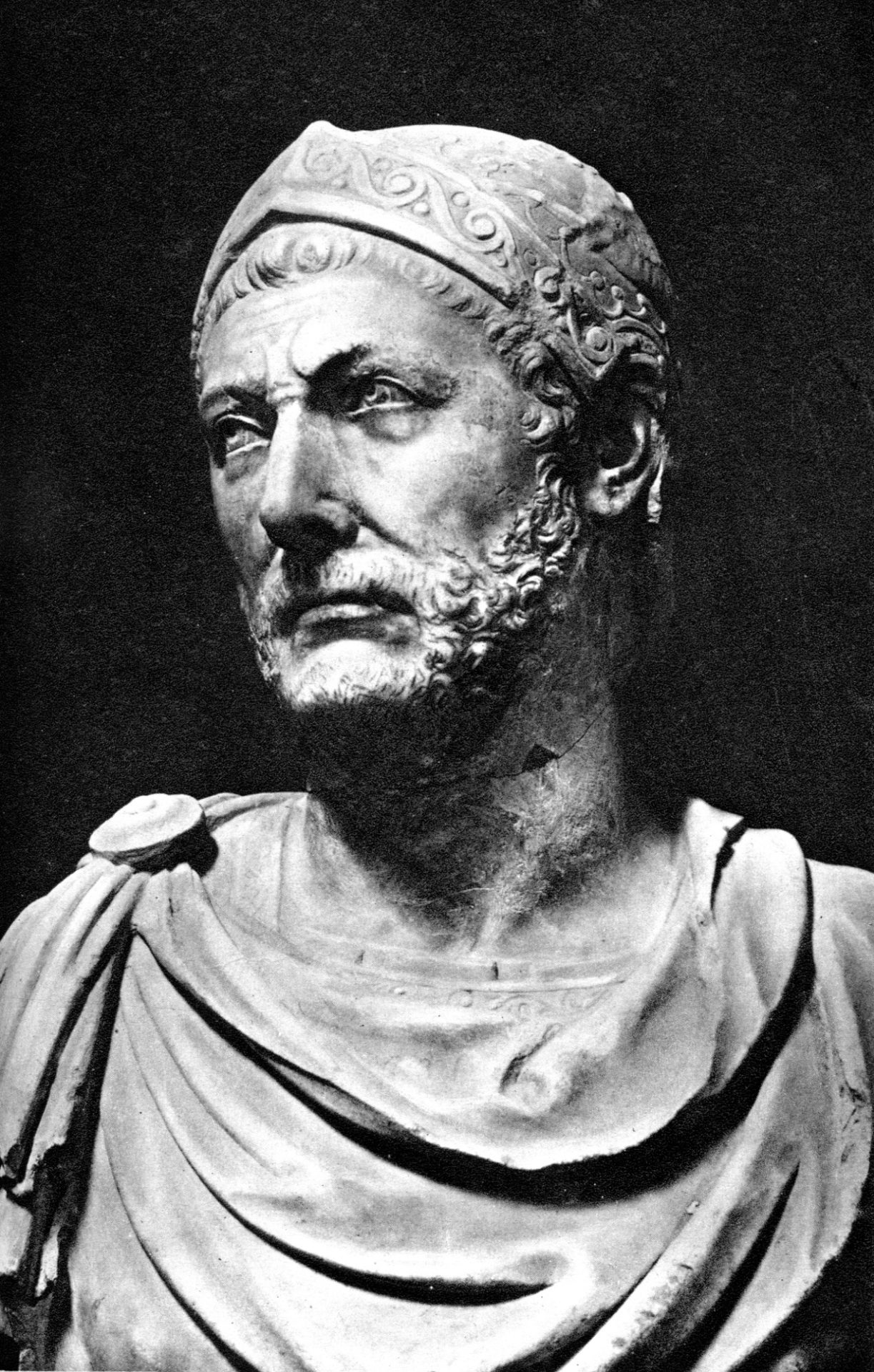
Rome's three great conflicts with Carthage led to the Roman domination of the Western Mediterranean. The first conflict was 20 years long and led to the conquest of Sicily, Sardinia, and Corsica. The second conflict was the most dramatic. Also lasting 20 years, this featured the invasion of Italy by the famous general Hannibal (pictured above), who defeated the Romans in a series of disastrous engagements.
Under the military leadership of Publius Cornelius Scipio (later Africanus), the Romans conquered the Carthaginian power base in Spain, and defeated them in Africa itself. Fifty years later, the Romans finally conquered Carthage in the Third Punic war, burning the city to the ground, which was repeated in Corinth in Greece the same year, leading to the incorporation of Northern Africa and Greece into the expanding Roman Republic.
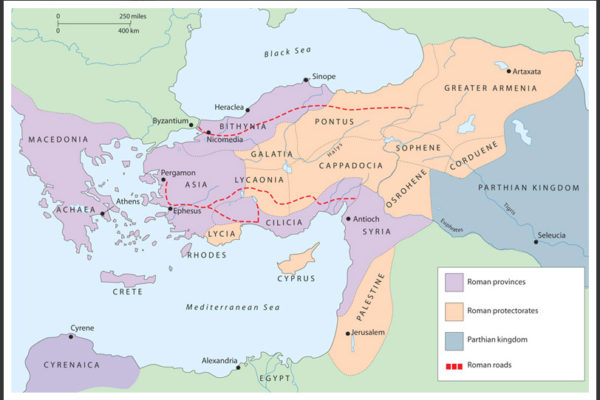
After decades of slow expansion, the Roman general Pompey cleared the entire Mediterranean of pirates, defeated Mithradates of Pontus, and conquered or made into client states all of the Near East. See the map above for a breakdown of Roman control after Pompey's campaigns. The province of Syria was the single richest region the Romans had yet conquered.
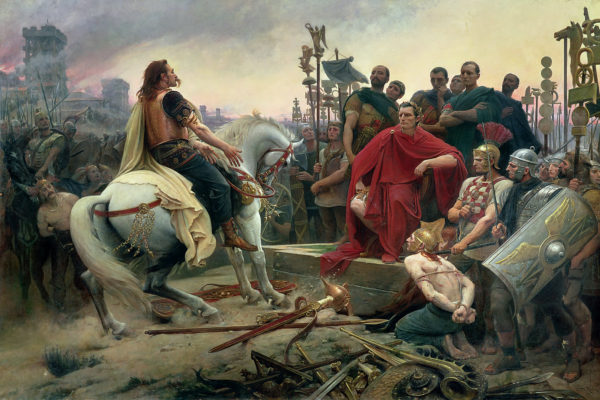
Julius Caesar conquered the Gauls of modern day France and Belgium in the span of eight years as a propaganda effort, climaxing with the final battle against Vercingetorix at Alesia, pictured above. Following this, Caesar and the Roman Senate would engage in civil war that would lead to the death of Pompey, Caesar declaring himself dictator for life, and his subsequent assassination in Rome.

After decades of civil war, Octavian, Julius Caesar's heir, chases Marc Antony and Cleopatra back to Egypt, where they both committed suicide. Conquering Egypt, the wealthiest kingdom of the ancient world, ended 3,000 years of ancient Egyptian civilization, while simultaneously giving Octavian, soon to be given the honorific Augustus, the financial and military power to found the Roman Empire.
All of this was done without ever declaring himself king, or anyone else trying to stop him. During his reign, Augustus also conquered the Alps and the Balkans to make the Danube one of Rome's major borders in Europe. With his ascension, the two hundred year Pax Romana (Roman Peace) begins.
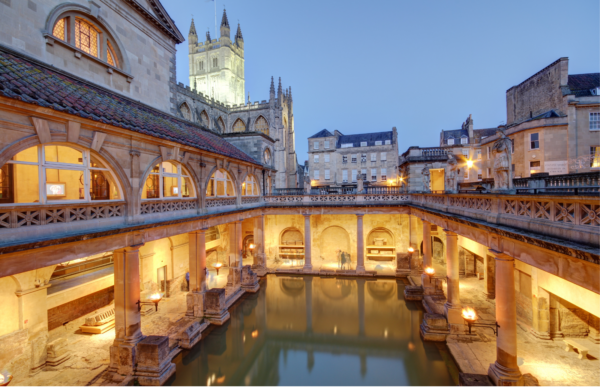
Emperor Claudius decided to conquer the island of Britain to impress his fellow Romans as they perceived him to be weak due to his stutter and limp. Later, Nero would complete the conquest of Britain, initiating 350 years of Roman rule on the island. Ruins such as those in Bath, pictured above, were built all over the countryside of modern day England and Wales.
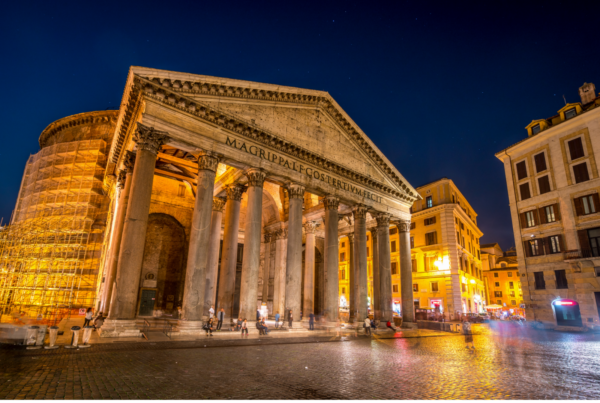
The peak of Roman civilization was the 2nd century CE. The greatest architectural achievements, including the Pantheon, pictured above, were built then. The five emperors were: Nerva, Trajan (who conquered modern Romania and Iraq), Hadrian (he of the famous wall in Britain), Antoninus Pious, and Marcus Aurelius (whose philosophical work Meditations is still in print).
The major hallmark of this period was that each of the emperors were judicious in whom they chose as their heirs, while also ensuring stability in the lives of their subjects.
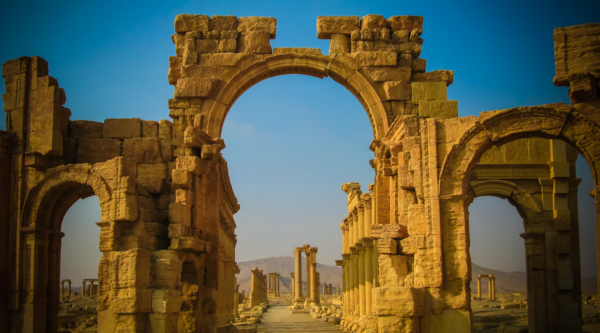
As imperial power began to break down over a series of assassinations and invasions from the Germanic peoples of Europe and the Sassanid Persians in the east, the empire itself split into three parts: the central original piece, the Gallic Empire of Western Europe, and the Palmyrene Empire of the Near East, centered at Palmyra in modern Syria, pictured above.
The emperor Aurelian would not only reunify the empire, but make peace with the external threats. The emperor Diocletian enacted a series of reforms to make the empire more bureaucratic while also elevating the emperor. This is, in many ways, the beginning of the transition to a new, medieval civilization, an era now known as Late Antiquity.
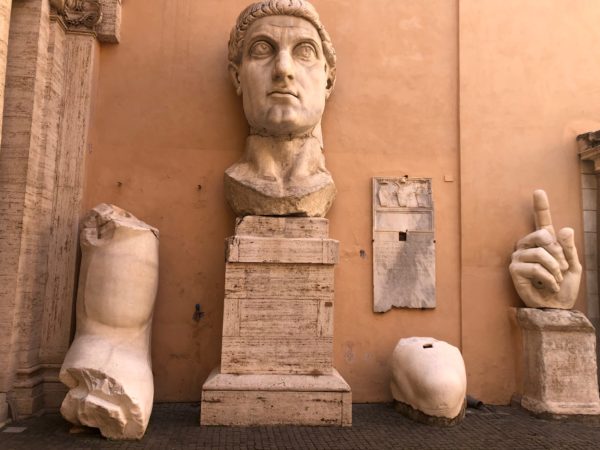
With Rome no longer a viable capital, given it's distance from the borders, the emperor Constantine moves the capital to the refounded city of New Rome, or Constantinople, which is the modern city of Istanbul. Constantine also decriminalized the growing Christian religion and converted to it on his deathbed.

Emperor Theodosius makes Christianity the official religion of the Roman Empire and begins to persecute pagans, leading to the closing of the ancient schools of learning in Athens and Alexandria. Upon his death, the Roman Empire is permanently divided in two between his sons Arcadius and Honorius.
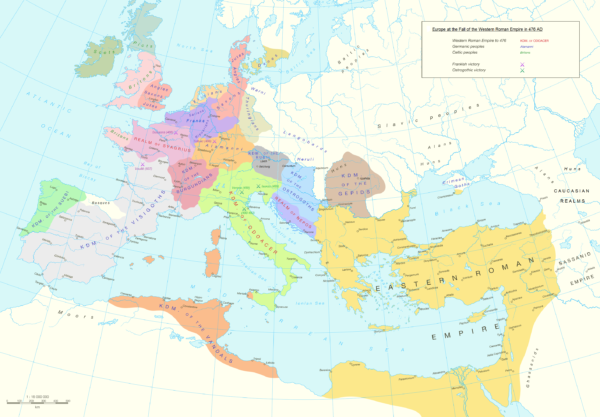
As the ability of the Western Roman Empire's rulers to effectively govern waned, new Germanic rulers began to govern the empire's lands in their stead, slowly eating away at central authority as more localized rulers were needed to protect the citizenry without the presence of the increasingly powerless Roman military.
With the tax base shrinking, the central government began contracting upon itself, until the German king Odoacer deposed the final Western Roman emperor, sending his seal to Constantinople to rule in that emperor's stead. Though pieces of Roman civilization would survive, the Western Roman Empire was effectively dead. This is the date most historians use for the beginning of the Middle Ages.

After a devastating war between the Eastern Roman Empire and Sassanid Persia, the two powers are caught unawares by the Muslim Arabs, who, over the course of a century, not only conquer most of the Eastern Roman (or Byzantine) Empire, but all of Persia, North Africa and Hispania.
The new Umayyad Caliphate continued the artistic and scientific achievements of the Romans and Persians, while giving greater freedom to their Roman subjects than their previous masters. This final conquest effectively separates the ancient world from the Medieval one, where our modern identities find their root, as the monotheistic religions of Christianity and Islam replaced the pagan beliefs of the now vanished ancient era.
